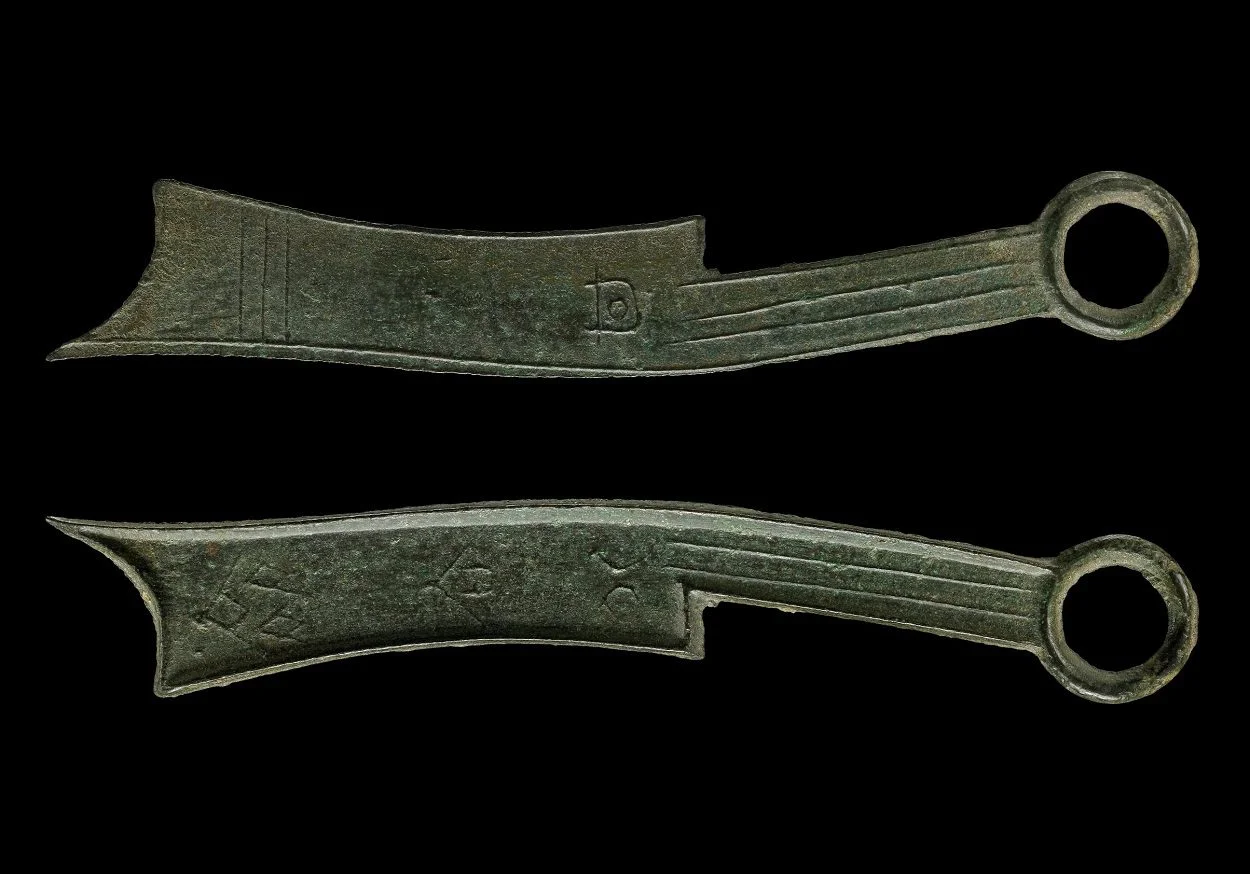Researchers have identified the ingredients in formulae for metal from the oldest known technical encyclopaedia, the Kaogong ji.
The Kaogong ji, translated variously as the Record of Trades, Records of Examination of Craftsman, Book of Diverse Crafts or Artificers’ Record was written in China around the middle of the first millennium BC and is the oldest known technical encyclopaedia, detailing the methods used to make items such as swords and instruments, including six chemistry formulae for mixing bronze.
In a study published in the journal Antiquity, a team from the University of Oxford believe that they have identified Jin and Xi, previously thought to be copper and tin, two key components of bronze.
The study analysed the chemical composition of Chinese coins from the period the Kaogong ji was written, indicating that the coins were made by diluting copper with tin and lead to create the desired form of bronze by mixing two pre-prepared metal alloys: a copper-tin-lead alloy and a copper-lead alloy.
“These recipes were used in the largest bronze industry in Eurasia during this period,” said Dr Ruiliang Liu from the British Museum, “Attempts to reconstruct these processes have been made for more than a hundred years, but have failed.”
As well as shedding light on the enigmatic ancient recipe, this discovery also indicates ancient Chinese metallurgy was more complex than expected.
“It indicates an additional step – the production of pre-prepared alloys – in the manufacturing process of copper-alloy objects in early China,” said Dr Liu, “This represents an additional but previously unknown layer in the web of metal production and supply in China”
It also shows how science and analysis can help solve linguistic mysteries. The researchers hope further studies like this can continue to shed light on ancient texts.
https://doi.org/10.15184/aqy.2022.81
Header Image Credit : Antiquity Journal





